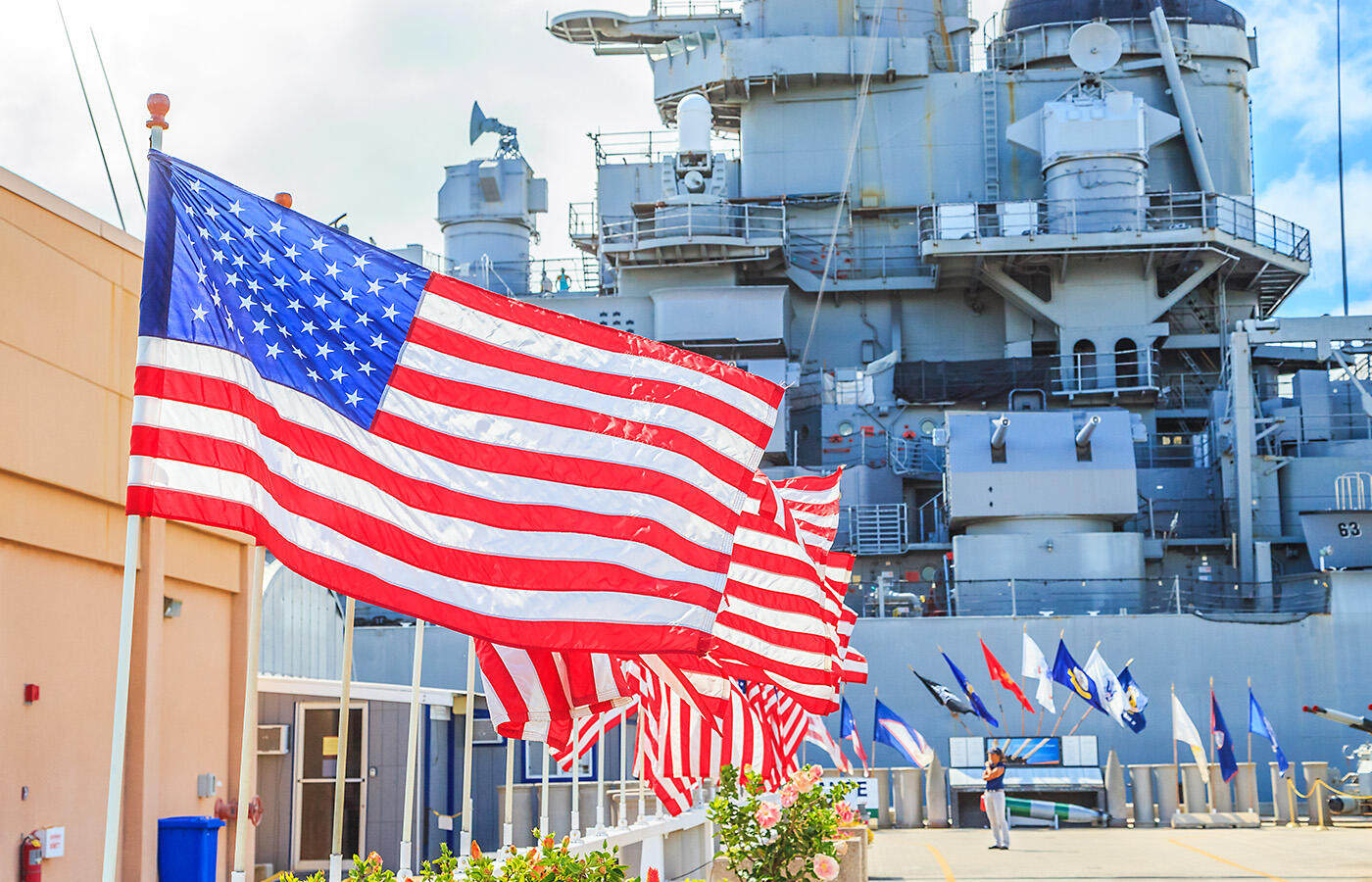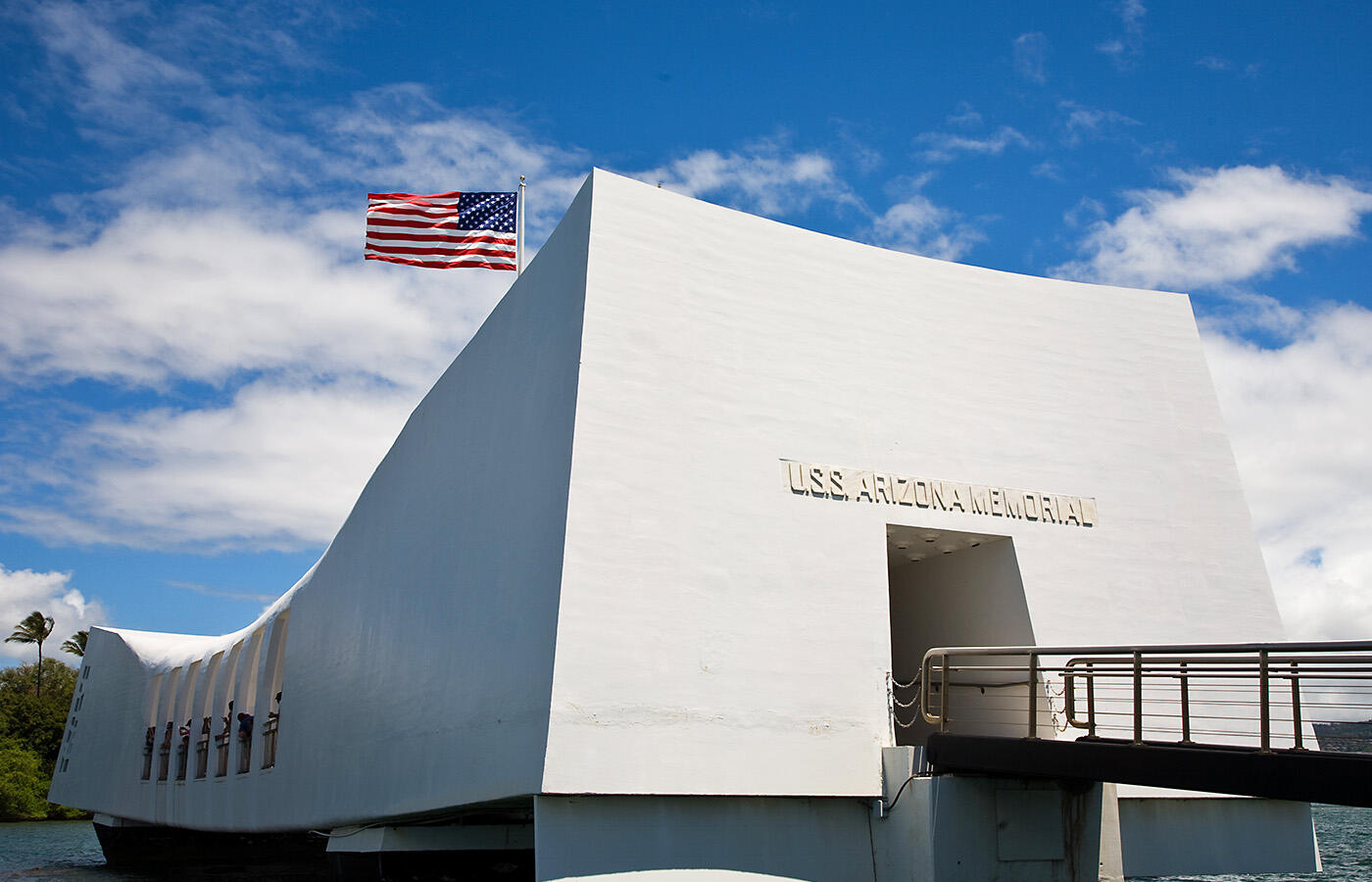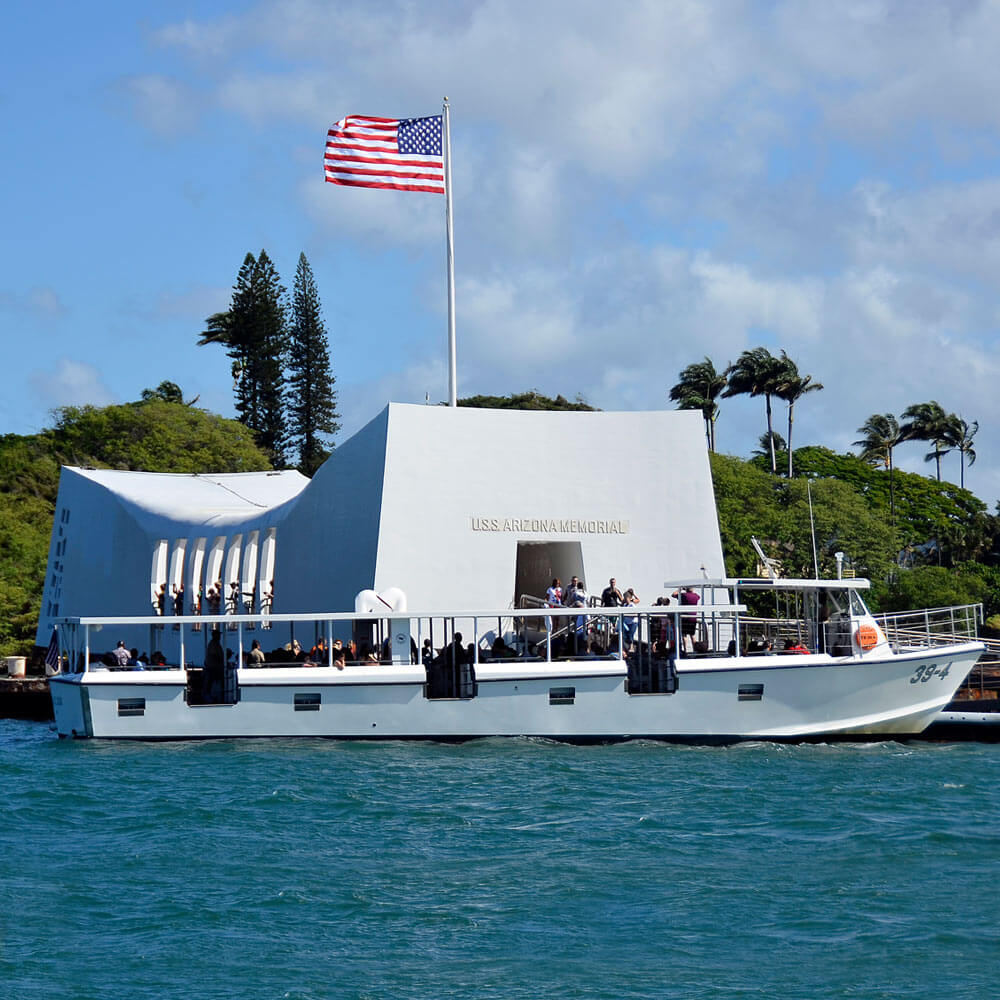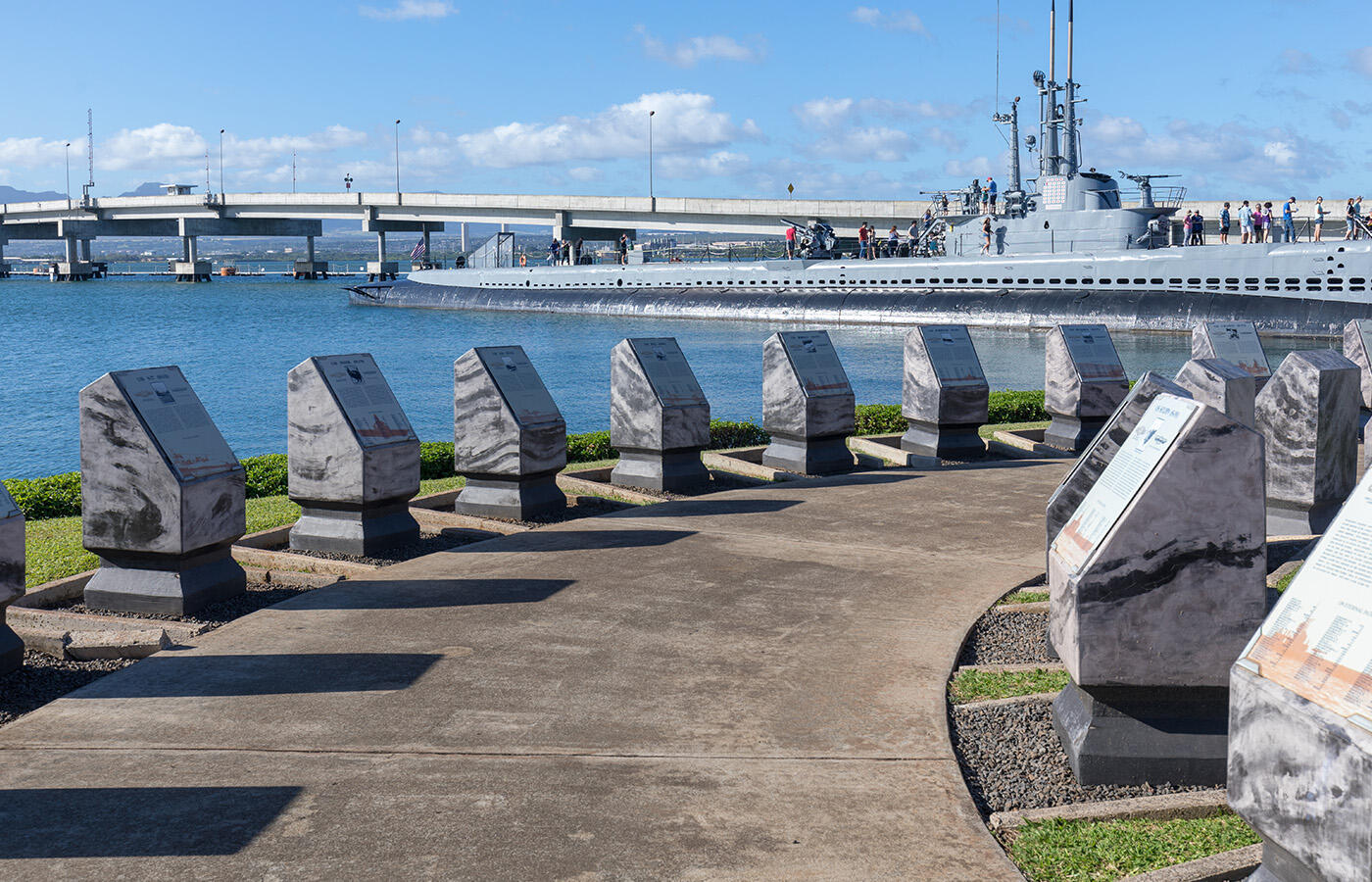Pearl Harbor: An Admiral’s Warning
Throughout the 1930s, the United States and Japan were locked in a stalemate over the latter’s desire to rule vast territories in Asia and the Pacific. Realizing what it would mean if Japan gained control over these territories, the United States opted to step up and try to stop the empire’s expansion. What followed were years of back-and-forth, but nothing that indicated all-out war was on the horizon.
In the Summer of 1941, in a last-ditch effort to stop Japan, which had persisted in its takeover of more and more territories, the United States introduced a trade embargo. While it still wasn’t inevitable that this would lead to armed conflict, the increased tension between the two nations was enough of a sign for officials like Admiral James Richardson to know something was on the horizon.
Richardson, a Texas native, had ample experience with the naval base at Pearl Harbor. In his time there, Richardson noted a weakness in the Navy’s defenses and, as an expert in Japanese military tactics, feared that these vulnerabilities would leave the Pacific Fleet open to attack.
In the months leading up to the Pearl Harbor attack, Richardson—by then Commander-in-Chief of the United States Fleet and Commander of the Pacific Fleet—believed that moving the Pacific Fleet to Pearl Harbor was not only exposing it to a Japanese attack, but was also likely to be seen as an act of aggression by the United States.
Though he wasn’t explicitly predicting an attack by the end of 1941, his tactical knowledge led him to think one was completely plausible and, if it did happen, the naval base would suffer great damage. Interestingly, Richardson was less concerned with a carrier-based attack like the one that did occur than he was about Japan opting for a naval invasion through the use of battleships and land troops.
Though Richardson was an able and knowledgeable commander, he was replaced in February of 1941 by Admiral Husband E. Kimmel, the man later blamed for the success of the Pearl Harbor attack.
In 1947, Richardson retired from service and remained in Washington, DC. He passed away in 1974, at the age of 95.








